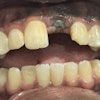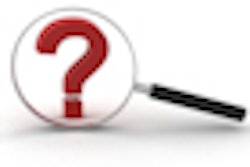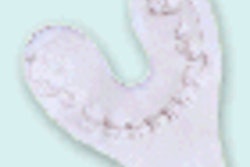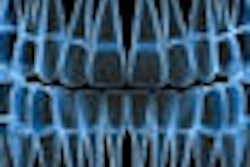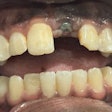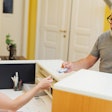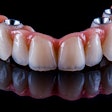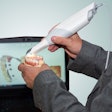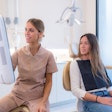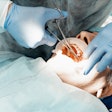CHICAGO - In 1985, it took 2,800 forensic specialists more than three months to identify the remains of the 520 victims in Japan's worst commercial air disaster. If an experimental identification system had been available then, the identification could have been accomplished in about nine days.
That's the potential of the automated dental radiograph system developed by Kanagawa Dental College and Tohoku University researchers, said Eiko Kosuge, D.D.S., radiologist and lecturer in the department of oral and maxillofacial radiology at Kanagawa Dental School.
In a presentation at the 93rd scientific assembly and annual meeting of the Radiological Society of North America, Dr. Kosuge explained how the Phase-Only Correlation system can match a postmortem radiograph with an antemortem radiograph in about 3.6 seconds -- much the way automated fingerprint detection systems match prints for identification.
When faced with a mass human disaster, such as the Japan Airlines 747 crash in which just four people survived, Dr. Kosuge said the experimental system -- which should be ready for prime time in another year -- works in this way:
- The computer compares the victim's radiographs with antemortem dental records taken of persons believed to be victims.
- The system then matches the antemortem and postmortem radiographs.
- The computer calculates a matching score based on the degree of matching between images.
- The computer lists the top ranking candidates for human investigators to review.
- The result provided by the computer is checked by a forensics expert who makes the final matching decision.
"Our system still produces matches, even if tooth structure changes--such as the loss of a crown or tooth," said Dr. Kosuge.
To make the identification, the system requires that two or three teeth be attached to the jawbone, said Koichi Ito, Ph.D., assistant professor at the Graduate School of Information Sciences at Tohoku University, and a co-author of the report. "We cannot use the system with single teeth."
The researchers said that badly injured survivors who are unable to communicate could also be identified with the system, as long as pre-accident radiographs exist.



